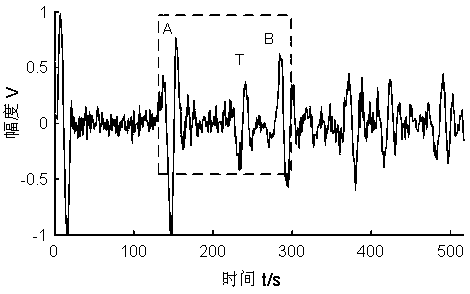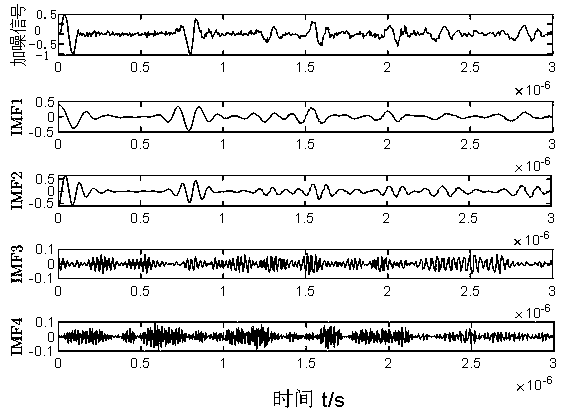Noise reduction method suitable for heat exchange dirt detection signal
A technology for detecting echoes and signals, which is applied in the analysis of solids using sonic/ultrasonic/infrasonic waves, material analysis using sonic/ultrasonic/infrasonic waves, and processing response signals of detection, etc., to achieve good reference and reference, eliminate noise, and plan Feasible effect
- Summary
- Abstract
- Description
- Claims
- Application Information
AI Technical Summary
Problems solved by technology
Method used
Image
Examples
Embodiment Construction
[0035] In order to make the object, technical solution and advantages of the present invention clearer, the present invention will be further described in detail below in conjunction with the accompanying drawings and embodiments. It should be understood that the specific embodiments described here are only used to explain the present invention, not to limit the present invention.
[0036] refer to figure 1 ,like figure 1 As shown, a noise reduction method suitable for ultrasonic time-domain detection of heat exchange fouling echo signals includes the following steps:
[0037] S1, use the center frequency difference method to define the number of variational modal components K, and treat the noise reduction signal Perform variational modal decomposition to obtain K modal components;
[0038] S2, calculating the autocorrelation function and energy entropy value of each modal component in step 1;
[0039] S3, according to the characteristics of the autocorrelation function ...
PUM
 Login to View More
Login to View More Abstract
Description
Claims
Application Information
 Login to View More
Login to View More - R&D
- Intellectual Property
- Life Sciences
- Materials
- Tech Scout
- Unparalleled Data Quality
- Higher Quality Content
- 60% Fewer Hallucinations
Browse by: Latest US Patents, China's latest patents, Technical Efficacy Thesaurus, Application Domain, Technology Topic, Popular Technical Reports.
© 2025 PatSnap. All rights reserved.Legal|Privacy policy|Modern Slavery Act Transparency Statement|Sitemap|About US| Contact US: help@patsnap.com



